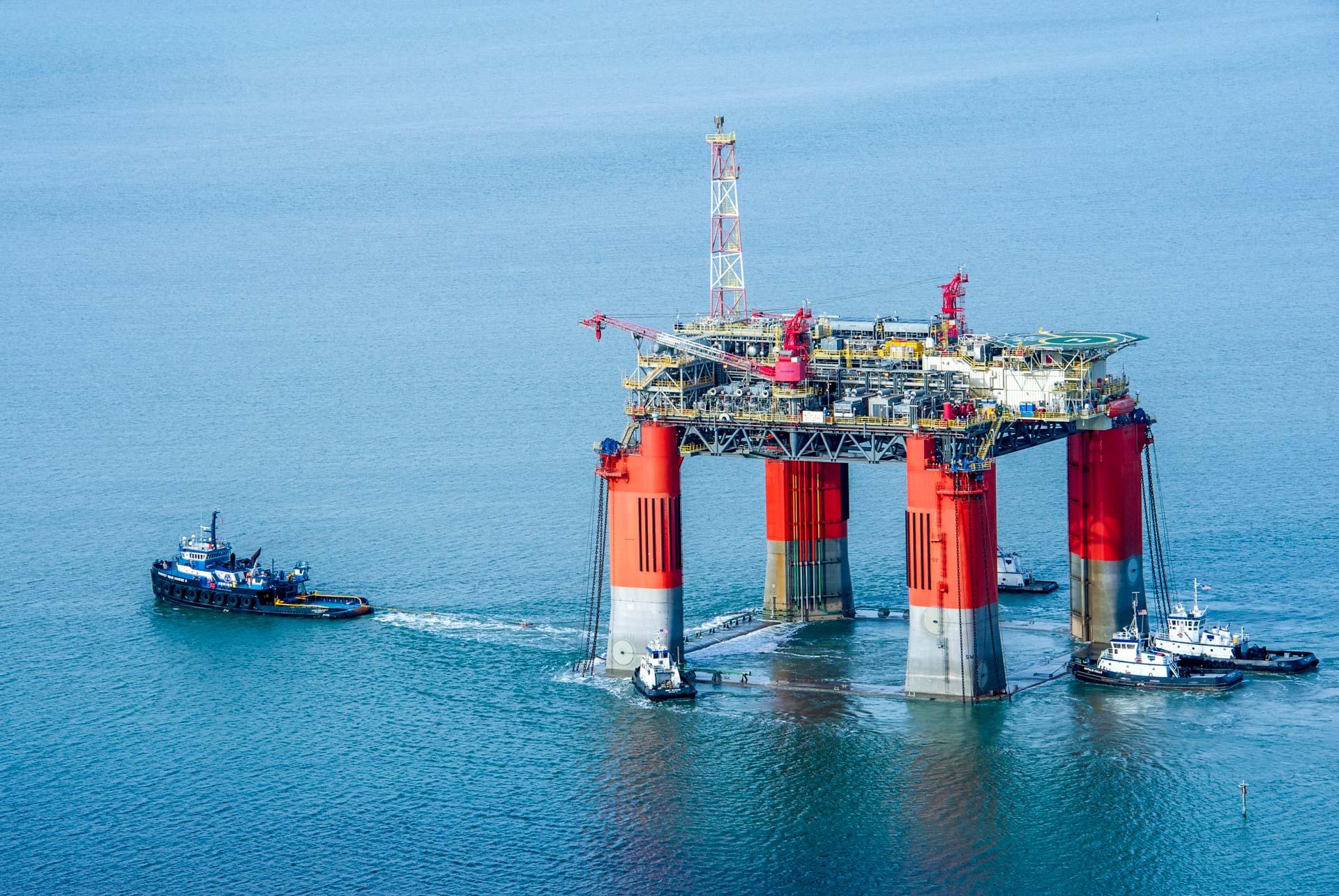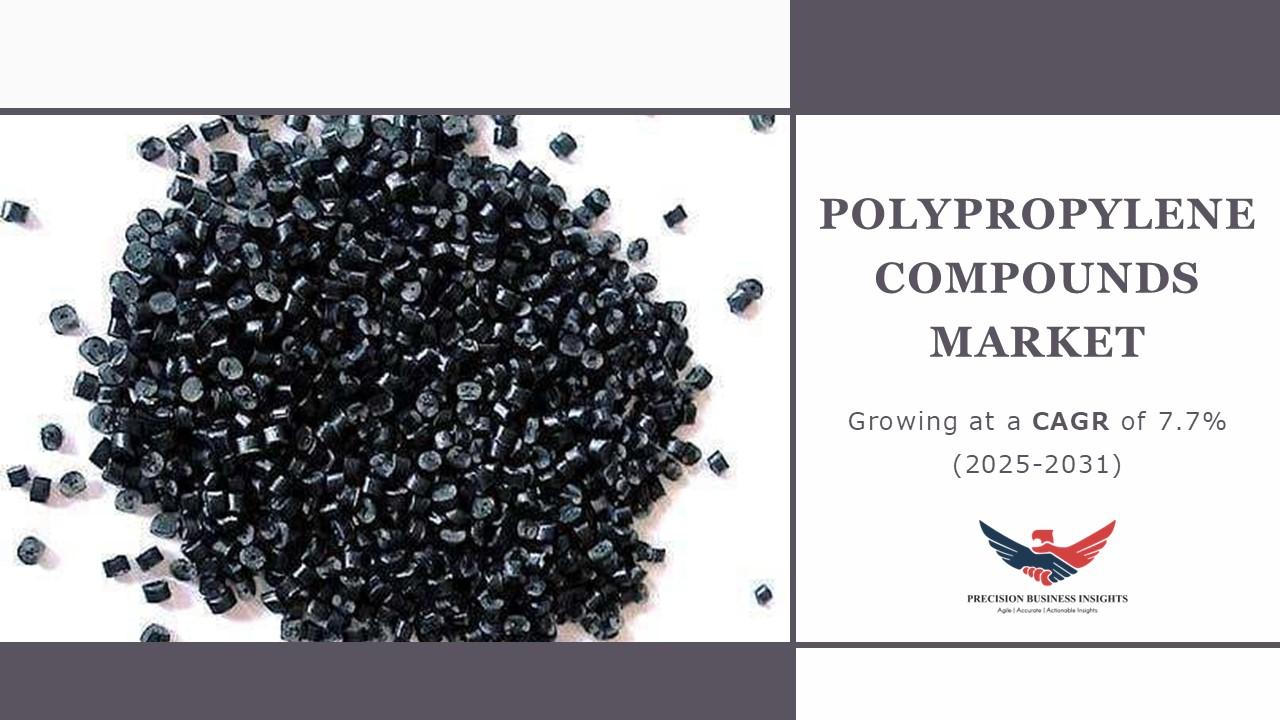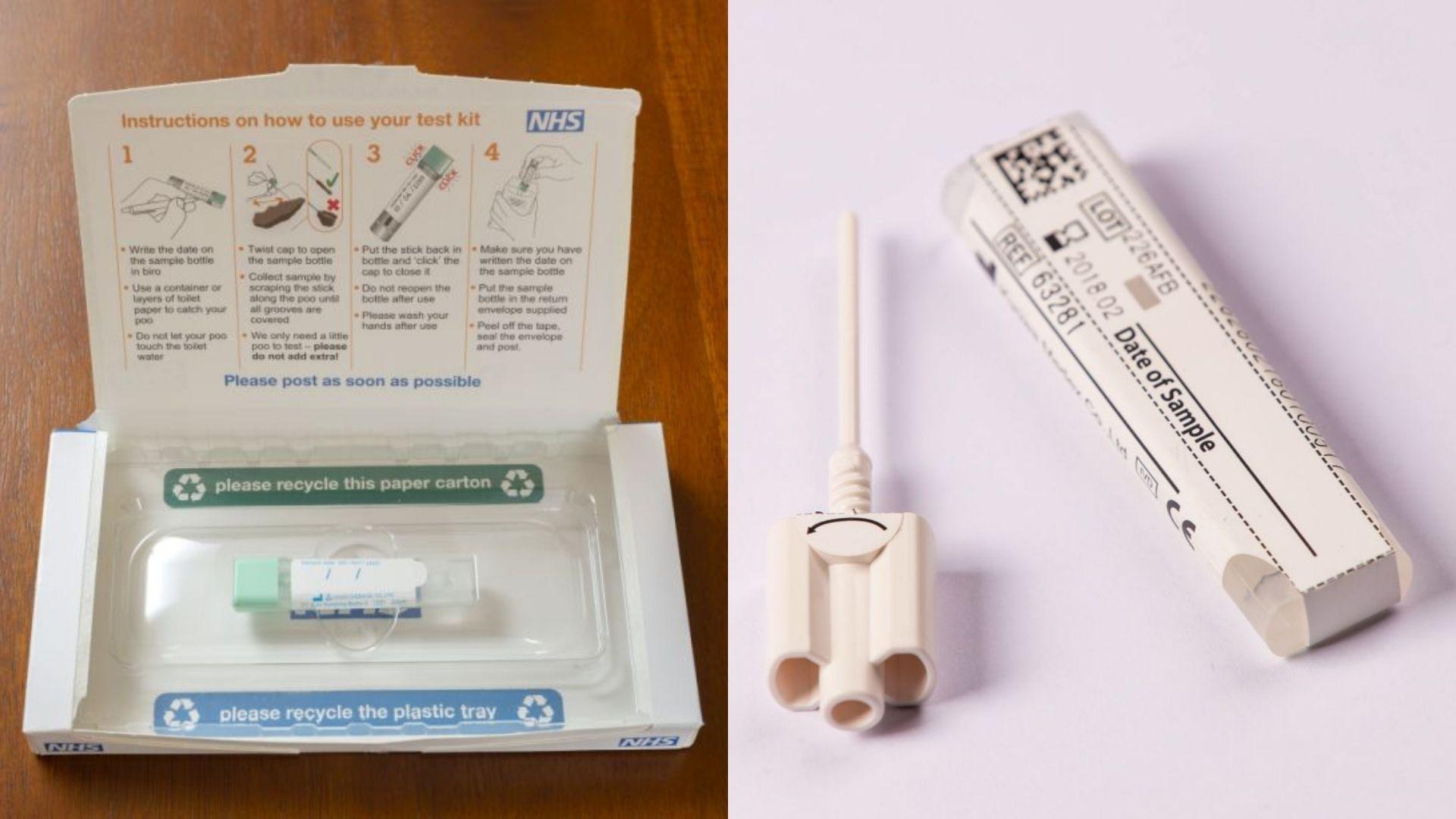Floating Production Systems: Powering the Future of Offshore Energy

Introduction
The Floating Production Systems (FPS) Market is expanding rapidly as offshore oil and gas exploration moves into deeper waters and more challenging environments. Floating production systems—including FPSOs (Floating Production Storage and Offloading), FSRUs (Floating Storage Regasification Units), TLPs (Tension Leg Platforms), and semi-submersible production rigs—enable efficient extraction, processing, and storage of hydrocarbons in offshore fields. These systems are essential for regions where seabed infrastructure is limited or economically unfeasible. As global energy demand rises and offshore reserves in deepwater and ultra-deepwater locations grow in importance, FPS technology has become a critical component of offshore development strategies. Supported by advancements in engineering, digital monitoring, and modular construction, floating production platforms are driving both energy security and offshore project viability.
Market Drivers
The primary driver of the Floating Production Systems Market is the global shift toward deepwater and ultra-deepwater oil and gas exploration. Mature onshore and shallow-water reserves are declining, pushing energy companies to explore more complex offshore reservoirs. FPSOs and other floating systems provide cost-effective, flexible solutions for long-term production in remote marine environments. Rising global energy demand—particularly in Asia-Pacific—continues to fuel investment in offshore projects. Technological advancements such as improved mooring systems, subsea processing technologies, and corrosion-resistant materials enhance durability and efficiency. Increased preference for FPSOs due to their storage capacity and rapid deployment capabilities also supports market growth. Furthermore, extending the life of existing offshore fields and revitalizing mature fields using FPS retrofits is creating sustained demand.
Market Challenges
The FPS Market faces challenges related to high capital expenditure, long project timelines, and complex engineering requirements. Designing and constructing floating production systems requires specialized expertise, advanced materials, and rigorous safety protocols, driving up project costs. Volatility in crude oil prices can delay or suspend offshore project investments, affecting demand for FPS units. Harsh weather conditions—such as cyclones, hurricanes, and deep-sea currents—pose structural and operational risks. Supply chain disruptions, limited availability of high-spec shipyards, and skilled labour shortages further complicate delivery schedules. Environmental concerns, including the risk of oil spills and carbon emissions, increase regulatory scrutiny. Additionally, integrating modern digital systems and subsea technologies into older FPS units can require extensive retrofitting.
Market Opportunities
Despite challenges, significant opportunities are emerging for the Floating Production Systems Market. The surge in offshore oil discoveries in Brazil, Guyana, West Africa, and Southeast Asia is driving new FPSO contracts. Modular FPS designs reduce construction time and cost, enabling quicker deployment. The rise of digital twin technology, predictive analytics, and remote monitoring improves operational reliability and minimizes downtime. Growing demand for natural gas supports expansion of FSRUs and floating LNG solutions, which offer flexible alternatives to onshore terminals. Advances in mooring technology, hybrid power systems, and subsea processing enhance FPS efficiency. There is also increasing interest in repurposing FPSOs for carbon capture and storage (CCS), offshore hydrogen production, and renewable integration—opening new revenue streams for operators. Additionally, decommissioning old units and refurbishing them for new fields create opportunities for service providers and engineering firms.
Regional Insights
South America leads the Floating Production Systems Market, driven by massive offshore oil discoveries in Brazil and Guyana. Brazil remains the largest market, with multiple FPSO deployments in the pre-salt basins. Africa follows closely, with deepwater developments in Nigeria, Angola, Ghana, and Senegal. Asia-Pacific is witnessing strong growth, particularly in Malaysia, Indonesia, China, and Australia, where offshore natural gas and floating LNG projects are expanding. Europe contributes significantly through the North Sea’s mature offshore fields, where FPS solutions support life extension and redevelopment. The Middle East is gradually adopting FPS and FSRU technologies to support LNG import strategies. North America—particularly the Gulf of Mexico—continues to invest in FPS solutions driven by deepwater exploration.
Future Outlook
The future of the Floating Production Systems Market will be shaped by digitalization, decarbonization, and new offshore energy applications. Digital twins, autonomous inspection drones, and advanced sensors will optimize performance and reduce operational risks. Hybrid energy systems combining gas turbines, battery storage, and renewable integration will lower emissions from FPS operations. The rise of offshore carbon capture and storage (CCS) and green hydrogen production presents new use cases for floating platforms. FPSOs with modular topside configurations will gain popularity due to faster production timeframes and improved adaptability. Over the next decade, the market will expand as offshore exploration intensifies and floating platforms transition into multi-purpose energy hubs supporting both fossil and renewable energy ecosystems.
Conclusion
The Floating Production Systems Market is evolving as offshore exploration advances into deeper and more challenging environments. While cost, safety, and engineering complexities pose challenges, technological advancements and growing offshore discoveries are accelerating demand. FPS solutions offer versatility, long operational life, and economic viability for remote offshore fields. As global energy demand continues to rise and new offshore energy opportunities emerge, floating production systems will remain vital components of the offshore industry. Companies that invest in modular construction, digital optimization, and sustainable operations will lead the market’s next phase of growth.



